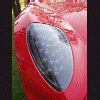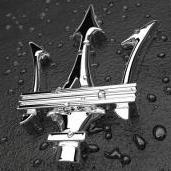Lamborghini Huracan Quattroruote
-
Contenuti simili
-
Quattroruote - Come rileva i consumi delle auto in prova? 1 2 3 4
Pubblicato da J-Gian,
- quattroruote consumi
- quattroruote
- (e 6 altri in più)
- 32 risposte
- 23583 visite
-
Lamborghini Huracán LP 610-4 Spyder 2016 1 2 3
Pubblicato da Pandino,
- francoforte
- francoforte 2015
- (e 5 altri in più)
- 27 risposte
- 14629 visite
-
Lamborghini Huracán LP580-2 2016 1 2 3
Pubblicato da Pandino,
- huracán lp580-2 2016
- lamborghini
- (e 3 altri in più)
- 21 risposte
- 15688 visite
-
-
-




.thumb.jpg.902d2a4f20a129e92b6f6920407b81bd.jpg)










.thumb.jpg.46228d717c405acd43b45b79fddce6a4.jpg)







.thumb.jpg.d20c5008a881490f9c7f843d442a34f8.jpg)



Messaggi Raccomandati:
Crea un account o accedi per lasciare un commento
Devi essere iscritto per commentare e visualizzare le sezioni protette!
Crea un account
Iscriviti nella nostra community. È facile!
Registra un nuovo accountAccedi
Sei già registrato? Accedi qui.
Accedi Ora